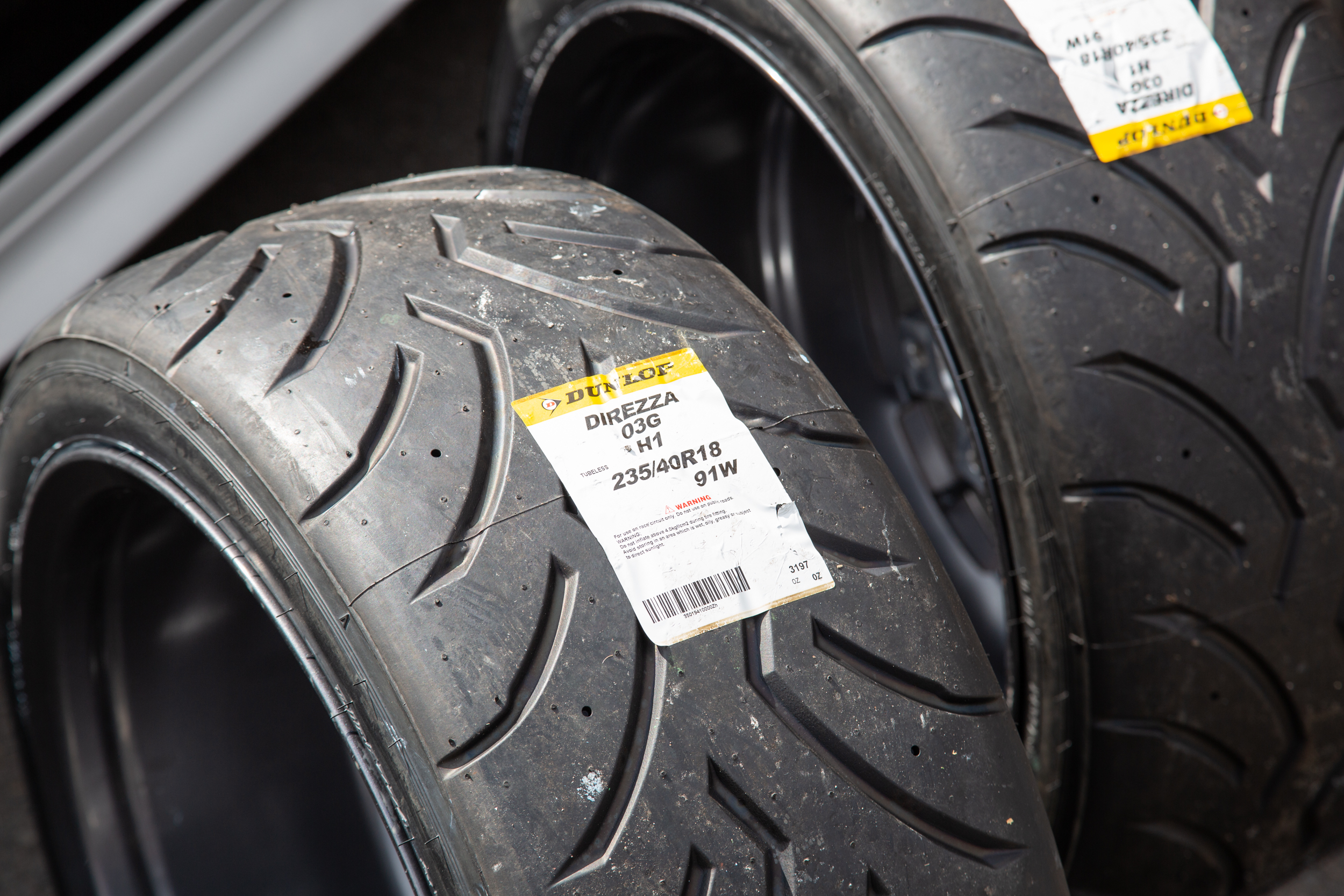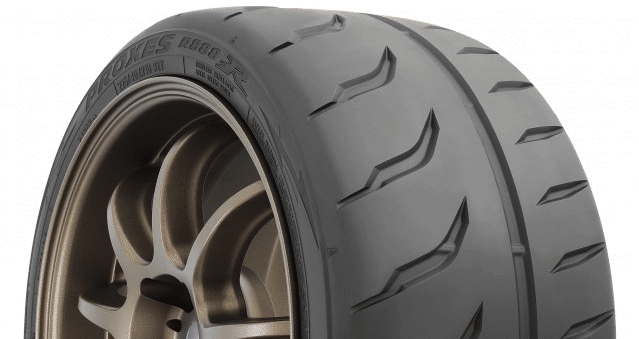All Categories
Featured
Table of Contents
The Michelin supplied a comfy driving experience, qualified by receptive guiding and a dynamic understeer equilibrium. Despite the cooler screening problems, Michelin's constant time and grip over three laps shows its viability for real-world applications. Conversely, Yokohama's performance was unique. While its super-quick steering led to a rapid front axle turn, the back showed a propensity to turn extra.
The tire's very first lap was a 2nd slower than the 2nd, aiming to a temperature-related hold rise. For day-to-day usage, the Michelin could be a more secure wager.
Tyre Shop Services Near Me
It shared Michelin's safe understeer balance but lacked the latter's readiness to transform. Continental and Goodyear's efficiencies were significant, with Continental's new PremiumContact 7 revealing a significant enhancement in wet conditions contrasted to its predecessor, the PC6. This design was much much less sensitive to fill modifications and acted similar to the Michelin, albeit with slightly less communication at the restriction.
It combined the risk-free understeer balance of the Michelin and Continental with some stylish handling, verifying both predictable and fast. As an all-rounder for this Golf GTI, Goodyear's Asymmetric array was the standout, demonstrating impressive efficiency in the damp. Ultimately, the Bridgestone Potenza Sporting activity took the crown as the fastest tyre, albeit by a little margin.
This tire obtained grippier as it warmed up, similar to the Yokohama. Drivers looking for an interesting wet drive may find this tire worth considering. The standout entertainer in wet braking was the newest tire on test, the PremiumContact 7, though the outcomes are nuanced. We conducted wet stopping tests in 3 different means, twice at the brand-new state and when at the worn state.
Reliable All-season Tyres – Ballajura WA
Ideally, we desired the chilly temperature level examination to be at around 5-7C, however logistical delays indicated we evaluated with an ordinary air temperature of 8C and water at 12C. While this was cooler than standard examination conditions, it was still warmer than real-world problems. The cozy temperature level examination was done at an average of 18C air and 19C water.
The third run entailed damp braking tests on worn tires, especially those machined to 2mm with a little encounter. While we planned to do even more with these worn tyres, weather condition constraints restricted our testing. It's worth noting that wet stopping is most crucial at the used state, as tyres typically boost in dry problems as they put on.

Bridgestone, Goodyear, and Michelin saw the least performance reduction when worn. The Hankook tire registered the tiniest efficiency drop as temperatures cooled down, but it was amongst the most influenced when put on.
Honest High-performance Tyres – Ballajura WA
The take-home message here is that no single tire mastered all facets of wet braking, indicating an intricate interaction of variables influencing tire efficiency under different problems. There was a standout tyre in aquaplaning, the Continental ended up top in both straight and bent aquaplaning, with the Michelin and Goodyear likewise very great in much deeper water.

Yokohama might gain from somewhat more hold, a problem possibly affected by the colder problems. When it comes to handling, all tires carried out within a 2% array on the lap, showing their premium efficiency (Tyre tuning). Nonetheless, considering these tyres essentially target the same consumer, it interests observe the significant differences in feeling.
The surprise is since the PremiumContact 6 was just one of my favourites for flashy completely dry drives, but its successor, the PremiumContact 7, appears elder and appears like Michelin's efficiency. Amongst these, Hankook was the least specific in steering and interaction at the limitation. Tyre tuning. Both Michelin and Continental used beautiful initial guiding, albeit not the fastest
If I were to advise a tire for a rapid lap to an amateur, say my papa, it would certainly be among these. We have the 'enjoyable' tires, namely Yokohama and Bridgestone. Both were speedy to guide and really felt sportier than the others, however the trade-off is a more playful back side, making them much more tough to deal with.
Best Wheel Balancing Services – Ballajura
It gave comparable guiding to Bridgestone yet provided much better feedback at the restriction and better hold. The Bridgestone Potenza Sporting activity, nevertheless, appeared to deteriorate rather promptly after just 3 laps on this requiring circuit. There's Goodyear, which placed itself someplace in between the fun tires and those having a tendency in the direction of understeer.
All in all, these tyres are outstanding performers. In terms of tire wear, the method used in this test is what the industry refers to as the 'gold criterion' of wear.
Both the Bridgestone and Yokohama tyres substantially underperformed in comparison to the various other 4 tyres in terms of rolling resistance, with Continental a little outperforming the rest. Pertaining to the comfort degree of the tyres, as expected, a lot of showed an inverted connection with handling. The Continental, Michelin, and Goodyear tires done ideal throughout numerous surface kinds examined.

Bridgestone started to show indicators of suppleness, while Yokohama was specifically rough over holes. We did gauge interior sound levels; however, as is usually the case, the outcomes were closely matched, and as a result of weather restraints, we were not able to perform a subjective analysis of the tyres sound. Lastly, we took a look at abrasion figures, which gauge the quantity of tire tread shed per kilometre, normalised to a one-tonne automobile.
Honest Budget Tyres – Swan 6066 WA
This figure stands for the quantity of rubber dust your tyres produce while driving. Michelin led in this category, creating over 9% much less rubber particulate issue.
Latest Posts
Best Performance Tyres
Tyre Safety Checks Near Me – Bayswater 6053 WA
Reliable Tyres Near Me